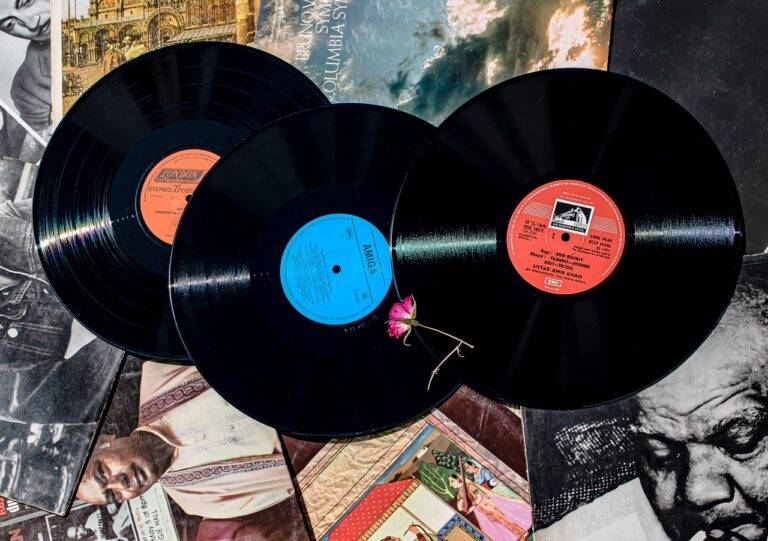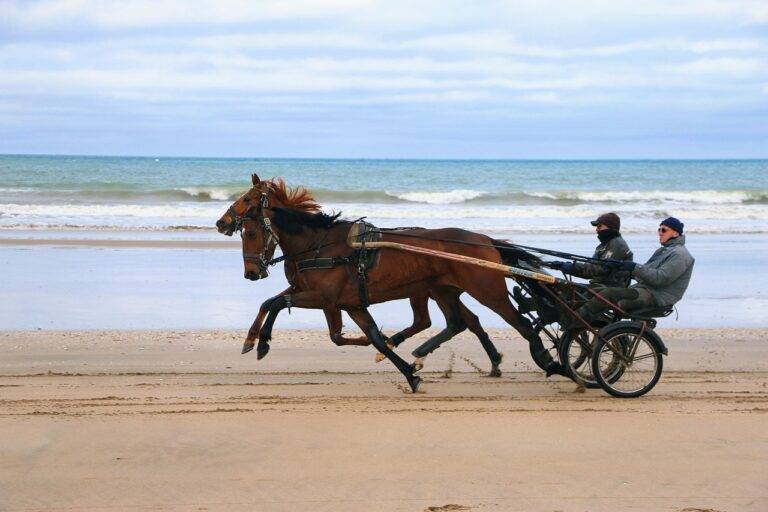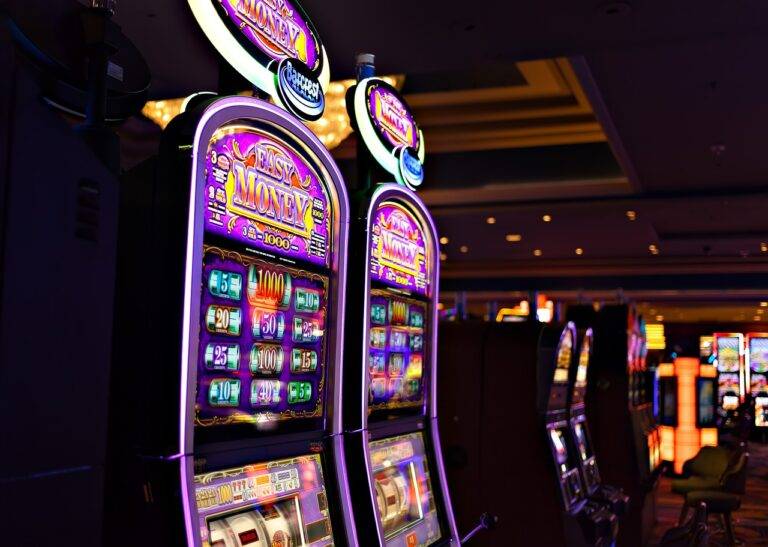Analyzing the Success of Diversity in Animation: Inclusive Storytelling, Representation in Characters, and Cultural Sensitivity
Diversity in animation is crucial for creating a rich tapestry of stories that reflect the reality of our increasingly diverse world. By including characters from various backgrounds, cultures, and experiences, animators have the opportunity to showcase the beauty of human differences and foster empathy and understanding among viewers. Representation matters, and when individuals see themselves reflected in animated characters, it can be a powerful and affirming experience that boosts their sense of belonging and self-worth.
Moreover, diverse representation in animation not only enriches the narratives being told but also opens up new creative possibilities for storytellers. Embracing diversity allows for fresh and innovative storytelling approaches, as different perspectives and voices contribute to a more nuanced and inclusive portrayal of the world. When marginalized groups are given the opportunity to see themselves as heroes and heroines in animated media, it can create a more equitable and empowering entertainment landscape for all audiences.
The Evolution of Representation in Animated Characters
Animation has seen a remarkable evolution in the representation of characters over the years. From the early days of simplistic and often stereotypical portrayals, to the more recent trend of diverse and inclusive characters, the industry has made significant strides in reflecting the reality of society.
Gone are the days when animated characters were limited to a narrow set of traits and backgrounds. Now, we see a wider range of ethnicities, genders, body types, abilities, and personalities being represented in animated films and series. This shift towards diversity not only enriches the storytelling experience but also allows audiences from all walks of life to see themselves reflected on screen.
Why is diversity important in animation?
Diversity in animation is important because it allows for more representation of different cultures, backgrounds, and experiences. This helps create more relatable and inclusive content for all audience members.
How have animated characters evolved in terms of representation over the years?
Animated characters have evolved by becoming more diverse in terms of race, gender, sexuality, and abilities. There has been a shift towards creating more authentic and inclusive characters that reflect the diversity of real-world populations.
How does representation in animated characters impact society?
Representation in animated characters can have a significant impact on society by promoting acceptance, understanding, and empathy towards diverse groups. It can also empower marginalized communities and challenge stereotypes.
What can be done to further improve representation in animation?
To further improve representation in animation, creators can actively seek out diverse perspectives, consult with communities they are representing, and ensure that their characters are authentic and well-rounded. Collaboration with diverse artists and writers is also key in creating more inclusive content.





